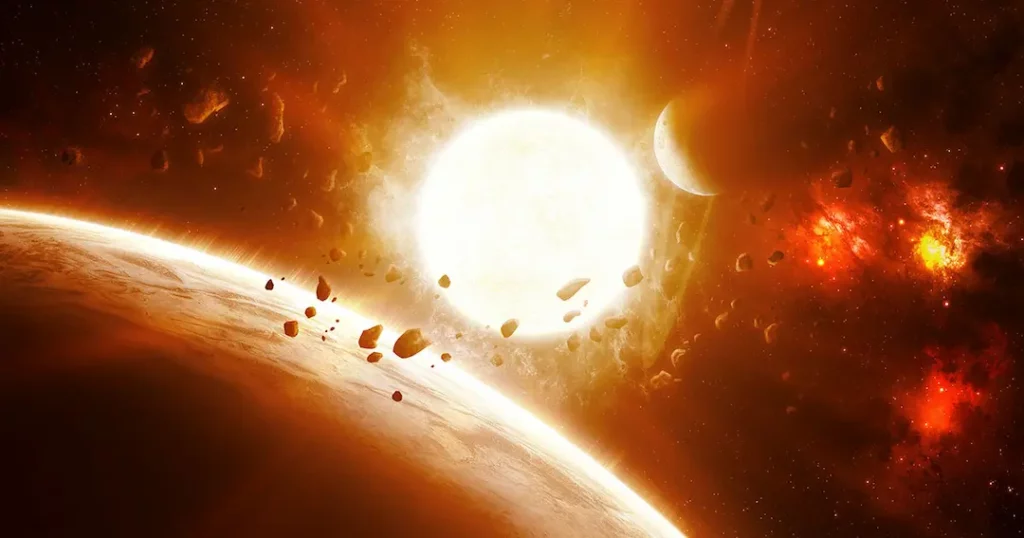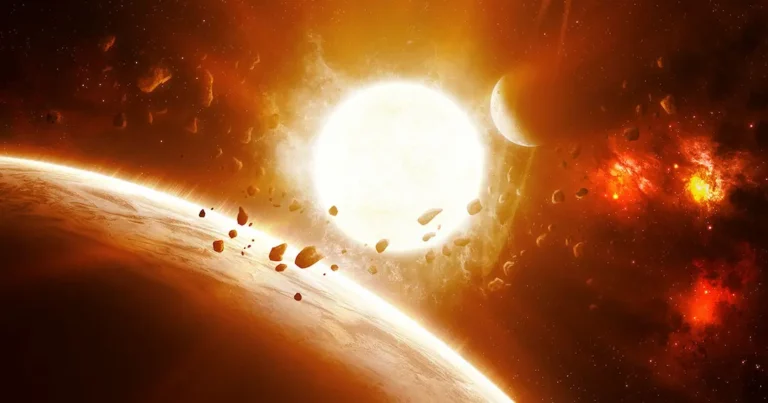Giant Asteroid Is Actually a Swarm and Nearly Impossible to Destroy, Scientists Warn
We might have to rethink our asteroid defense strategy.
Researchers have found that some asteroids that are largely made from small pieces of rubble could be very difficult to deflect if one were to ever hurtle towards Earth, a terrifying finding that could force us to reconsider our asteroid defense strategies.
It’s an especially pertinent topic considering NASA’s recent successful deflection of asteroid Didymos by smashing its Double Asteroid Reduction Test (DART) spacecraft into it last year, a proof of concept mission meant to investigate ways for humanity to protect itself from asteroid threats.
By analyzing asteroid particles collected by Japanese Space Agency’s Hayabusa 1 probe, which visited the 1,600-foot “rubble pile” asteroid Itokawa back in 2005, the researchers suggest the remote asteroid is far older than previously thought.

In fact, Itokawa, which scientists have long believed is a giant collection of space rocks and not one large lump, could be as old as the solar system itself.
Itokawa’s considerable age shocked the scientists.
“Unlike monolithic asteroids, Itokawa is not a single lump of rock, but belongs to the rubble pile family which means it’s entirely made of loose boulders and rocks, with almost half of it being empty space,” said Fred Jourdan, planetary sciences professor at Curtin University in Australia and lead author of a new paper titled “Rubble pile asteroids are forever,” published in the journal Proceedings of the National Academy of Sciences, in a statement.
Yet the mysterious pile of space rubble remained cohesive.
“The survival time of monolithic asteroids the size of Itokawa is predicted to be only several hundreds of thousands of years in the asteroid belt,” Jourdan said, adding that its formation dates back to “at least 4.2 billion years ago,” which is “an astonishingly long survival time for an asteroid the size of Itokawa.”
According to Jourdan and his colleagues, the fact that it’s a rubble pile and not a solid lump makes it inherently shock-absorbent, which could explain its extremely long lifespan and inherent resilience.
If an object like it were ever headed toward Earth, though, it could be very bad news.
“In short, we found that Itokawa is like a giant space cushion, and very hard to destroy,” he said.
The research suggests that rubble piles like Itokawa may be far “more abundant in the asteroid belt than previously thought,” according to coauthor Nick Timms, also a professor of planetary sciences at Curtin, which means “there is more chance that if a big asteroid is hurtling toward Earth, it will be a rubble pile.”
But that doesn’t mean we’re doomed.
Armed with the knowledge that it may be a loose collection of rocks threatening our existence — and not a giant billiard ball in the sky — we could change our defense tactics ahead of time, and, for instance, use a “shockwave of a close-by nuclear blast to push a rubble-pile asteroid off course without destroying it,” as Timms suggested in the statement.
In other words, we might have to rethink our defense strategies.
Do not forget to share your opinion with us to provide you with the best posts !




0 Comments